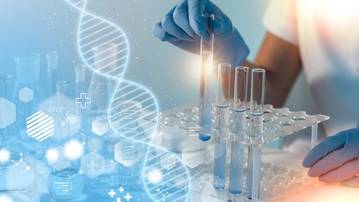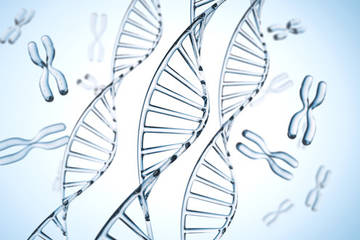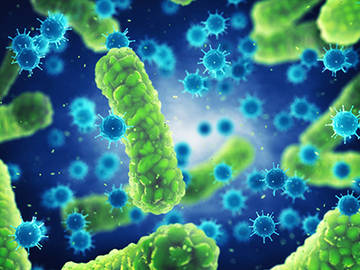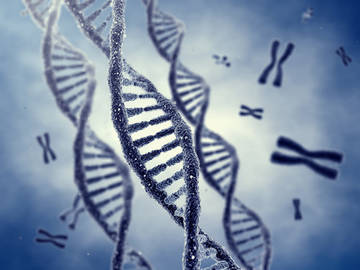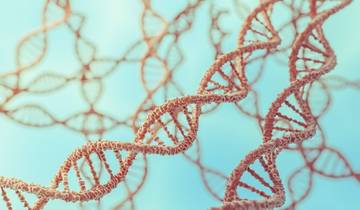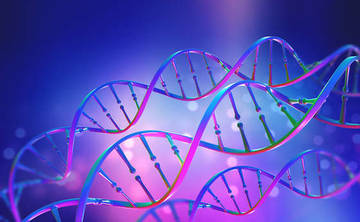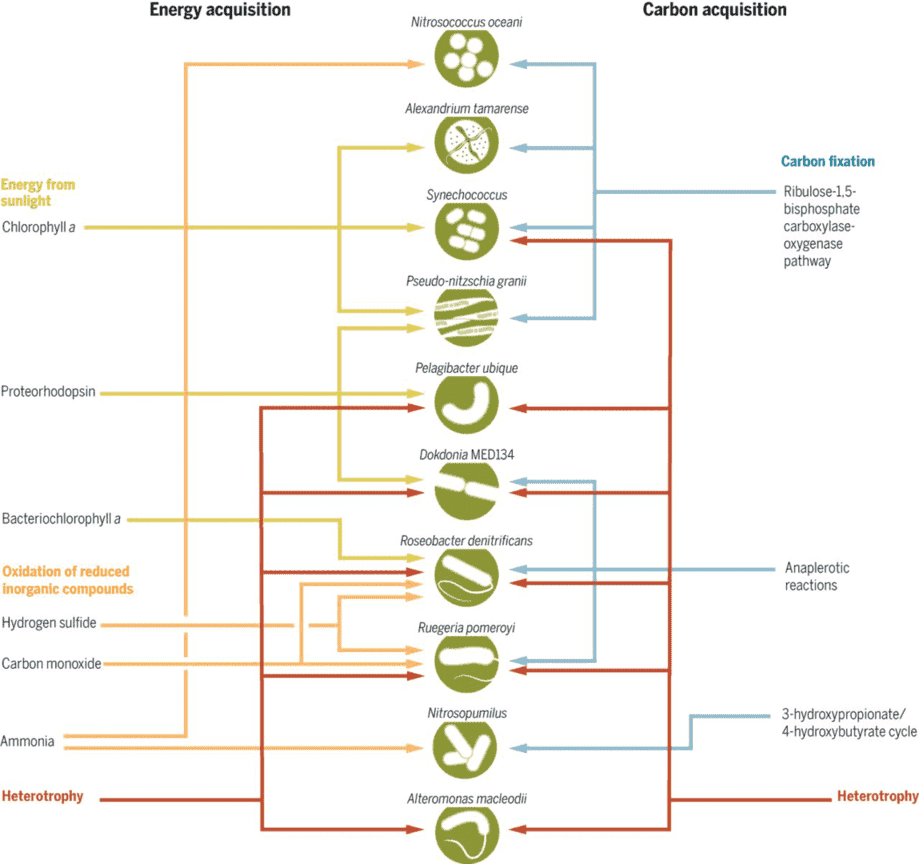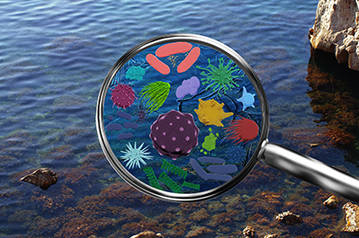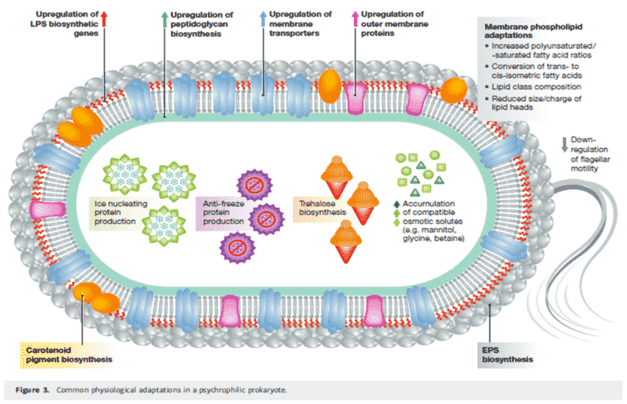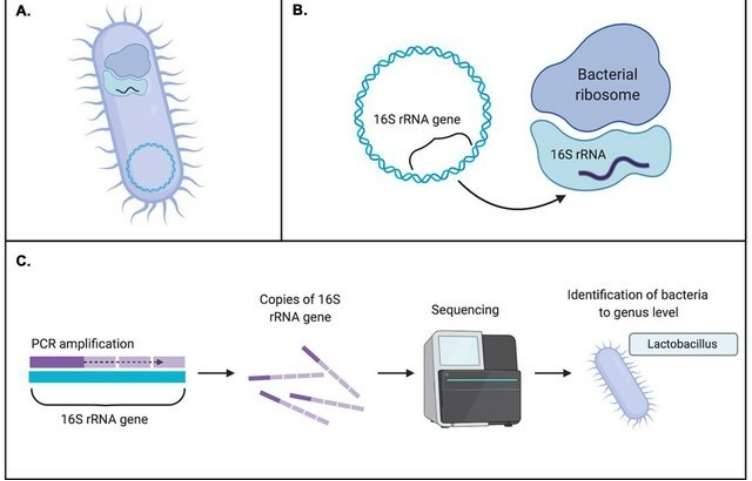Extremophiles are organisms that can be found in extreme environmental conditions. The name of this group was derived from the Greek word 'philos' which literally means 'lover' of extreme conditions. Extremophiles can be classified into four main subgroups namely: halophiles, thermophiles, alkaliphiles and, acidophiles. Halophiles can tolerate environments with very high salinity such as salt lakes, salterns and brine pools on the ocean bottom. Such environments are saltier than sea water by about 30% and can reach up to 440% sodium chloride concentration. Thermophiles can be found in extremely hot environments such as thermal vents with temperature reaching as high as 464°C. Alkaliphiles lives in extremely basic environment with pH ranging from 8.5–11 while acidophiles can tolerate environment with pH 2.0 and below.
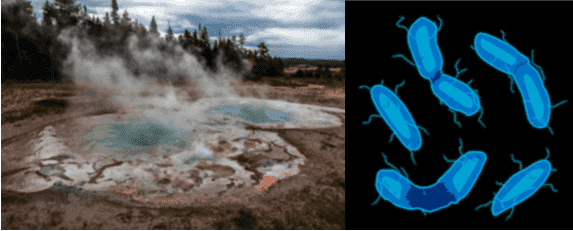
These organisms usually have specialized adaptive mechanisms to survive in such extremely hot or salty environments. For example, Halobacterium sp. NRC-1 possesses some key modification of its genome that allows the organism to thrive in extremely saline environment. Another example, Sulfolobus solfataricus, a thermophile which can be found in volcanic springs with temperatures as hot as 85°C and high sulfur concentration. Proteins in the organism remain stable in such extremes rendering it the organism's capability to survive and even reproduce. In addition, Sulfolobus developed the ability to oxidize sulfur to obtain nutrients from its surroundings. Bacilus subtilis, an alkaliphile have cell walls made of acidic polymers that protect the plasma membrane and help maintain a nearly neutral pH.
Due to its relatively simple genomic composition, extremophilic organisms are often used in the molecular study of DNA. In addition, its simple structures rendering easy manipulation in order to be utilized for biotechnological potential is also noted for this group of organisms.
DNA polymerase called Pfu from Pyrococcus furiosus, a thermophile, is the standard used in polymerase chain reactions (PCR) due to its ability to remain structurally stable amidst high temperatures. P. furiosus is also used industrially as catalyst functioning as an α-Amylase and a Cyclodextrin-Hydrolyzing enzyme. Mutations in Pfu polymerase from P. furiosus is also helpful in understanding mutagenesis that sheds light in the study of diseases such as carcinomas and other heritable genetic disorders.
Genetic transformation, one of the wonders of molecular biology that has since helped humanity in a lot of ways especially in medicine is also one of the uses of extremophiles. There is a great potential in its use for genetic therapy that has been continuously studied. An extremophile known as Deinococcus radiodurans is one of the examples for these. Also called a polyextremophile, this species has the capability to survive in not just one type of extreme environmental condition. It can survive in acidic, dehydrated and even extremely cold environment without diminishing its competitiveness for genetic transformation.
Extremophiles are also the future of biofuel production. One species of thermophilic algae Cyanidium caldarium is being studied for biodiesel production. Of all the available literature in this field of study, this species shows promising potential in the production of high-quality biodiesel because of the high lipid content of its products.
Biomining through the process called bioleaching is also one of the innovative uses of extremophiles. This technique is environment friendly and at the same time yields more products. Bioleaching is not only used in industrial mining, it can also be employed in bio-remediation for contaminated landscapes. One example is Acidithiobacillus ferrooxidans, an acidophilic bacterium capable of converting sulfide containing minerals such as lead, nickel and zinc into soluble forms that otherwise would remain contaminating the soil for longer periods.
With the advances of metagenomocis sequencing, the research into extremophiles has grown like never before. Extremophiles offer a wide array of potential biotechnology applications that are yet to be unraveled. Due to its unique quality of striving in environmental extremes, these organisms can offer us insights on different mechanisms of adaptation that can be very useful in developing new technologies and products.
References
- Coker J. Extremophiles and biotechnology: current uses and prospects. F1000Research. 2016, 5: 396.
- Pikuta, E.V., Hoover, RB, Tang, J. Microbial Extremophiles at The Limits Of Life. Critical Reviews in Microbiology. 2007, 33 (3): 183–209.



